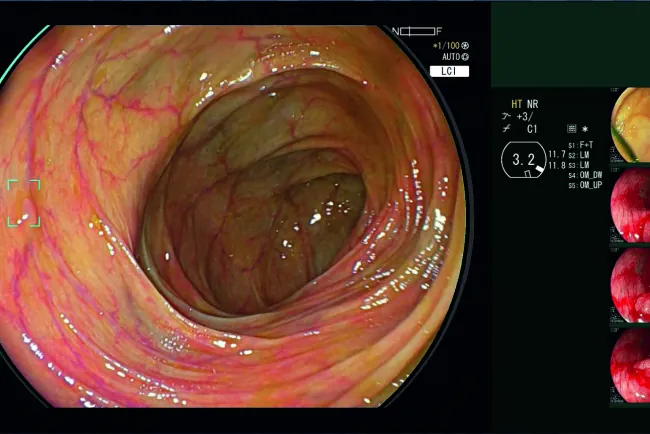Understanding May-Thurner Syndrome: Insights from Lauren Boebert's Diagnosis
essentials of May-Thurner Syndrome, its impact, symptoms, and insights from Lauren Boebert's recent diagnosis.

-
Introduction to May-Thurner Syndrome
- Definition and explanation of the condition
- How it differs from other venous conditions
-
The Case of Lauren Boebert
- Initial symptoms and hospital diagnosis
- Treatment approach and recovery
-
Understanding the Anatomy Involved
- The role of the iliac artery and vein
- How compression affects blood flow
-
Symptoms and Signs to Watch For
- Identifying early indicators of May-Thurner Syndrome
-
Risk Factors and Prevalence
- Who is most at risk and why
-
Diagnosis and Treatment Options
- Modern diagnostic tools and procedures
- Surgical and non-surgical treatments
-
Long-Term Management and Prevention
- Lifestyle adjustments and medical interventions
-
FAQs About May-Thurner Syndrome
- Common questions and expert answers
-
Conclusion
- The importance of awareness and early detection
-
Further Resources and Support
- Encouraging continued education and support for those affected
Understanding May-Thurner Syndrome: Insights from Lauren Boebert's Diagnosis
Meta Description: Dive into the critical details of May-Thurner Syndrome, its diagnosis, treatment, and how it impacted Lauren Boebert.
Introduction to May-Thurner Syndrome
May-Thurner Syndrome (MTS) is a rarely diagnosed condition, yet it significantly impacts those affected. This syndrome occurs when the right iliac artery compresses the left iliac vein, disrupting normal blood flow from the leg to the heart. This can lead to symptoms like swelling, pain, and even deep vein thrombosis (DVT).
The Case of Lauren Boebert
Colorado Representative Lauren Boebert's recent diagnosis with May-Thurner Syndrome has shed light on this condition. After experiencing severe leg swelling, she underwent successful surgery to remove a blood clot and received a stent to facilitate normal blood flow, highlighting the importance of recognizing the symptoms early.
Understanding the Anatomy Involved
The iliac artery and vein play crucial roles in our circulatory system. In May-Thurner Syndrome, their interaction becomes problematic, leading to potential vein compression and subsequent complications like DVT.
Symptoms and Signs to Watch For
Key symptoms include swelling, heaviness, pain, skin discoloration, and sores in the affected leg. Recognizing these early can be critical for diagnosis and treatment.
Risk Factors and Prevalence
While MTS is more common in women and adults between 20 to 50 years old, anyone can be at risk. Awareness and understanding are vital for those potentially affected.
Diagnosis and Treatment Options
Diagnosing MTS involves imaging tests like ultrasound or MRI. Treatment may include surgery, like in Boebert's case, or less invasive options depending on the severity.
Long-Term Management and Prevention
Long-term management of MTS involves both lifestyle changes and, potentially, medical intervention to prevent recurrence and manage symptoms.
FAQs About May-Thurner Syndrome
This section answers the most common questions about MTS, providing essential information for those seeking to understand this condition better.
Conclusion
Awareness and early detection of May-Thurner Syndrome are crucial for effective treatment and management. Lauren Boebert's case serves as a reminder of the importance of paying attention to our body's signals.
Further Resources and Support
Encouraging further education and providing resources for those affected by May-Thurner Syndrome is essential for ongoing support and management of this condition. For more information, visit Kiksee Magazine for comprehensive articles and resources on health conditions like MTS.
What's Your Reaction?






















